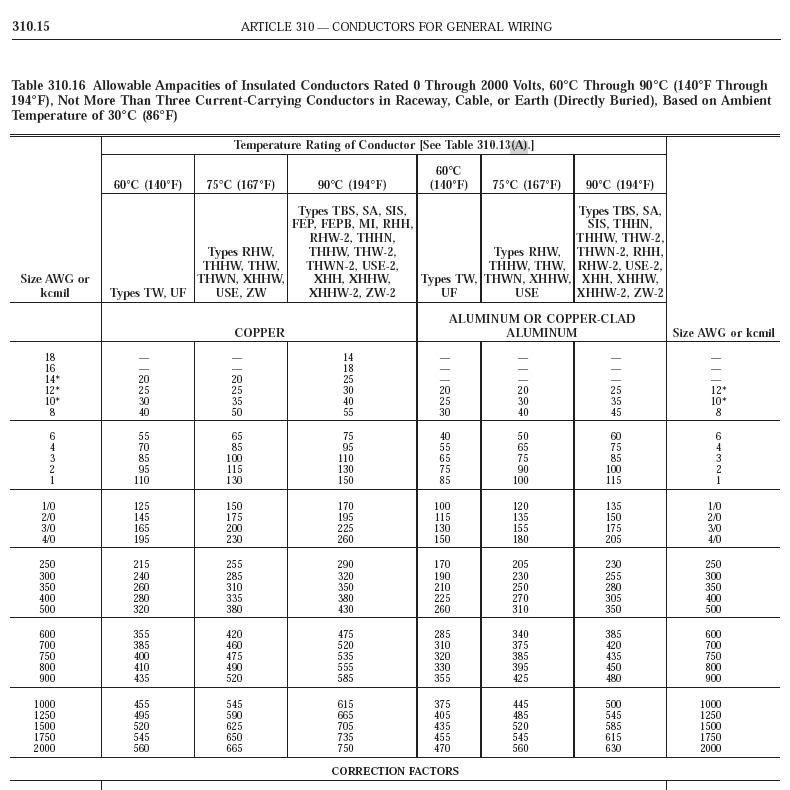A damaged three-pole, three-wire range plug was replaced with the same type of range plug. The range plug branch circuit was left untouched, it being the original sheathed cable with three #8 awg copper insulated conductors. A new service panel was installed. A 50 amp, 2pole circuit breaker was installed to protect this range branch circuit.
Could code rule 422.11 (E) (3) be interpreted to allow the use of this 50 amp breaker on a 40 amp wire?
Could code rule 422.11 (E) (3) be interpreted to allow the use of this 50 amp breaker on a 40 amp wire?


